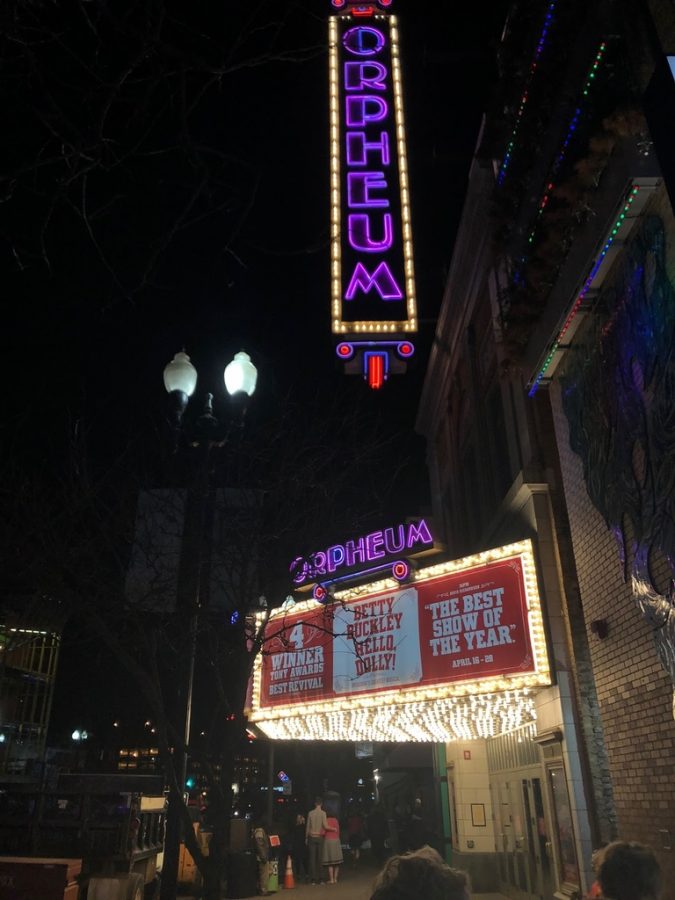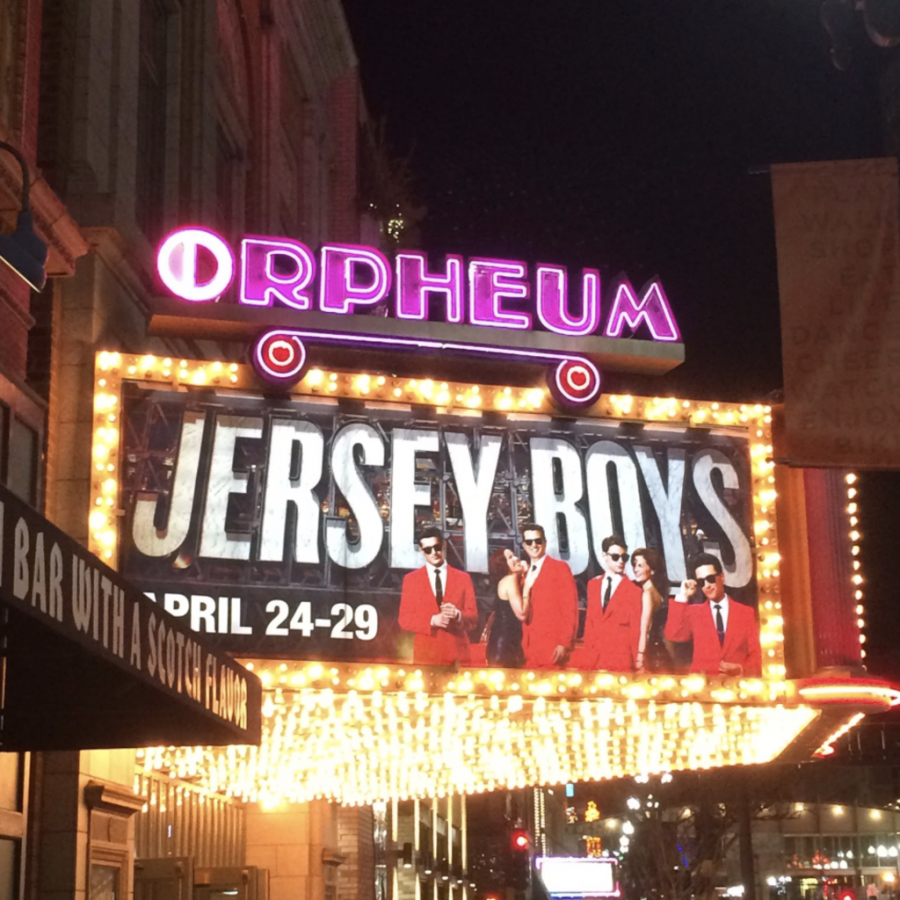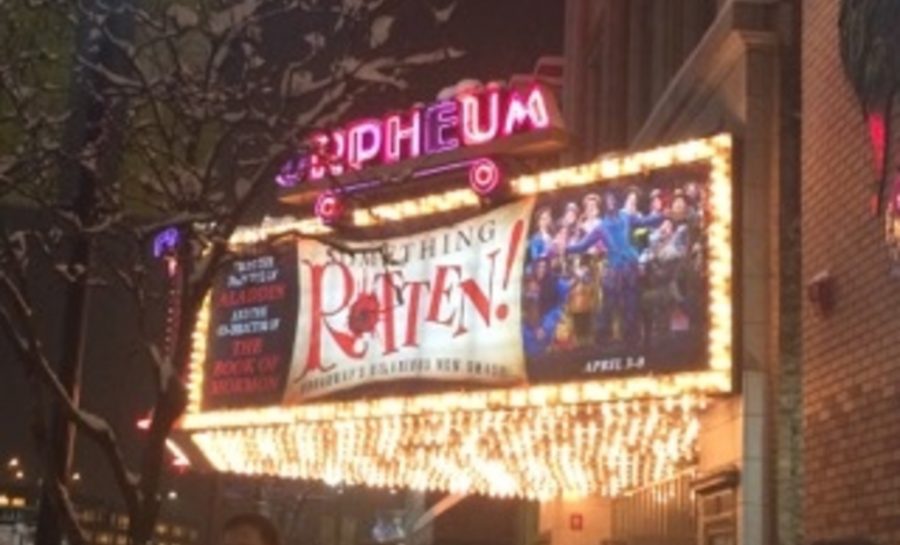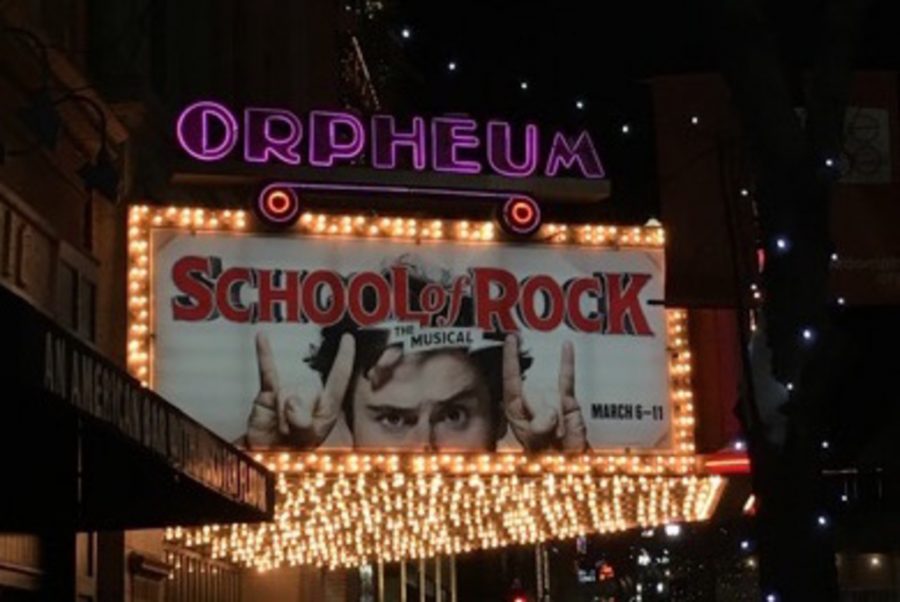Fun fact o’ the day: Vatican City has far and away the world’s highest petty crime rate (per capita). As ironic as it is that one of the world’s only remaining unchallenged theocracies would have be so notable for an act contrary to one of its central teachings, there’s a pretty good reason for it: Vatican City only has 800 citizens. It’s also got by far the highest tourist-to-citizen ratio in the world.
Still, the stories people had told me of pickpockets scared me to death, so I wound up walking around the City’s walls to the Vatican Museums with my hands in my pockets, glaring at everyone accusatorially. A casual observer would have been forgiven for mistaking me for someone who owns a lot of Green Day records and writes bad poetry about storm clouds and stuff*.
The road to the Vatican Museums is crawling with the street venders that I described a few posts ago, but these guys are a little bit more aggressive. Instead of waiting passively for someone to buy a hat, they shove the hats at people at approximately hat-level and shout stuff in Italian. It’s a poor sales strategy, from what I could tell. The counterfeit bag salesmen looked even sadder than usual, but they did start to display a little force in their mostly silent marketing – about the equivalent of a newborn kitten unfurling its tiny unmenacing claws for the first time, if said kitten also makes its living by violating international copyright law.
Thankfully, though, the line was short, and we were inside quickly. If you’ve never lived or visited a hot ‘n’ humid locale, you don’t know one of the greatest pleasures mankind has ever created – the blast of air conditioning that hits you as you swing open a heavy glass door. It is better than chocolate, a runner’s high, or any combination thereof**. Needless to say, my menacing and emoesque attitude vanished once we entered the wonderful world of A/C.
Going through the Vatican Museums is nothing like going through pretty much any other art museum, at least in my experience. It’s not just a set of galleries interconnected by lots of hallways. You take a set path around the place – it’s called the “museums”, plural, because there are just so many galleries – and wind up back where you started, unhelped by the countless maps, slightly disoriented, your mind reeling with unpronounceable names, and (probably) wanting lingonberry jam. It’s pretty much exactly like going to Ikea, except with more High Renaissance masterworks and fewer Swedes.
The first few exhibits aren’t exceptionally notable. Well, I take that back. They’re actually incredible. I just failed to notice because I really, really had to go to the bathroom. By the time I found one, I’d missed about a quarter of the museum to bathroom-related despair, and I couldn’t exactly go back and see what I’d skipped because that would counteract the flow of traffic, and maybe one of the gigantic tour groups would run over me and my corpse would maybe be left to fester on the marble floors of the Vatican as a reminder for other “agitators”.
Anyhow, once that problem was solved and I could focus on some art that wasn’t a stick figure and an arrow indicating where I could find a bathroom, I realized just how incredible the Museums are. You can’t look up as you walk through, because the enormous tour groups that are inevitably behind you and in front of you would swallow you up, but from the few glances I caught, I could see that the plaster above my head was covered in beautiful frescoes. The floor is tiled marble and, often, segues into brilliant mosaics. As you walk through the Vatican Museum’s hallways, you are literally surrounded on all sides by art.
As much as I love art museums, I have to admit that the stuff on display in most of the Vatican museum wasn’t my favorite. The Impressionists are by far my favorite artistic school – in the end, we remember only the broad strokes and outlines of our memories, and yet from a distance they make something more beautiful than the truth; Impressionism is not how the world is, but how we see the world***. The art at the Vatican museum, while routinely incredible, is almost entirely the realistic stuff of the Renaissance – brilliant, beyond the slightest doubt, but too close to life to be lively in a few too many cases. Plus, my knowledge of mythology is a little bit sketchy, so I’m not too clear on what’s going in most of the Classical statuary besides a bunch of naked armless people gesticulating.
Something that grabbed me, though, was the map room. It’s a hall filled with maps from the ages – I guess they could be called unintentional art – and they were both accidentally insightful and accidentally hilarious. My personal favorite was one from the 1500’s that depicted Spain and Italy accurately, but made Britain a formless blob, drew Scandinavia upside down, and wildly exaggerated the size of the St. Lawrence Seaway. Also, the mapmakers apparently thought that there were two Indias.
After I was done giggling at the maps, I grabbed my family and pushed us onward to the Raphael room. As I said before, I’m not too big a fan of Renaissance art in general, but Raphael’s the exception. There’s a distinctly ungodlike humanity to his work that’s lacking in a lot of Renaissance work. We got there, and it was as great as I’d expected, except that I could barely see what’s possibly my favorite painting of all time – “The School of Athens” – because an absolutely enormous tour group was taking up most of the space.
To give you a sense of how large that group was, I think it would have only taken a few more people for it to collapse in on itself and become a black hole which would then swallow the Earth into a gravitational singularity. Five or six people, max.
Still, even from behind a ton of exceptionally tall people from Delaware, Raphael’s work is incredible. My whole family was feeling sort of queasy from sharing a room with that tour group, though – stuffing so many people into a small room makes it both hot and terrible-smelling – so we wove our way through the group and found our way to the Sistine Chapel.
Which, of course, is the heart of the Vatican Museums. To use the Ikea metaphor, it’s the equivalent of the meatball restaurant or those tiny houses with only Ikea furniture in them.
Understandably, I was excited. We descended a ton of stairs, and then we arrived at the entrance to the Chapel. An incredibly grumpy-looking guard growled at us as he waved us in.
Inside, it was dark and incredibly crowded. It took me a few seconds to get adjusted to the light, and even then, it was hard to see. Every few seconds, a guard would get on the loudspeaker and, in a very harsh voice, softly shout, “No talking! Sacred place!” I was so uncomfortable that I didn’t even look up at the ceiling for a little while. I just stared at the ground and hoped that the tour groups would begin to file out soonish. (They didn’t.)
When I eventually looked up, I wasn’t super-impressed by what I saw, weirdly. I saw “The Creation of Adam” in person, the fresco hanging mere yards above my head, and all I could think was that I’d seen the same thing on a postcard before, with better lighting.
And then, like it always does a few minutes too late, when everyone else is already bored and agitating to leave, it hit me. I can’t describe quite what it was. It was a feeling of awe, yes, but it was more than that. Maybe it was the realization that one man painted everything around me. Maybe it was the thought that the little cracks in these images reproduced everywhere weren’t abstract lines here – they were actual cracks in the frescoes that surrounded me on all sides, and I was really here. Maybe it was none of those things; maybe it just took a few minutes for the sensory overload and my disgust at the absurdly rude guards to dissipate and this feeling had been there all along.
Whatever it was, it was certainly something. All I know is that as I stood there in that humid, dark, high-ceilinged chamber, some synapse fired and the painted plaster belied its own genius and I remembered again why I love art.
—
*To clarify: every attempt at poetry I’ve ever made has turned out horribly, but at least I try to avoid garish imagery like “the thunderstorm of my despair” or “the blackened husk of my soul”. I’m sure I’ve read that last one somewhere before, and it always confused me because the only thing I can think of with a “husk”, per se, is corn. Maybe that’s why Iowan poetry isn’t very popular.
**And trust me, that’s saying something.
***To counterbalance that heartfelt but no doubt self-indulgent bit there, here is a terrible pun I just made up:
Luke Skywalker: “Yoda, I want to be telegraph operator but it’s just too hard! [whiny noise]”
Yoda: “A telegraph operator, you wish to be? Think, you cannot. Let go of yourself, you must, and let the Morse be your guide.”
Upon further thought: my word, that’s terrible.






